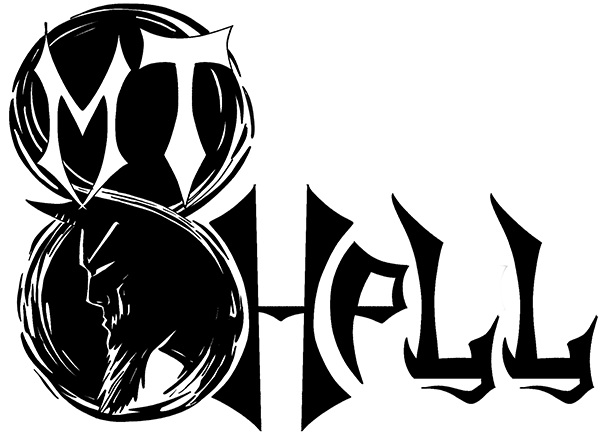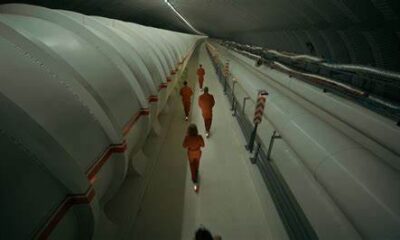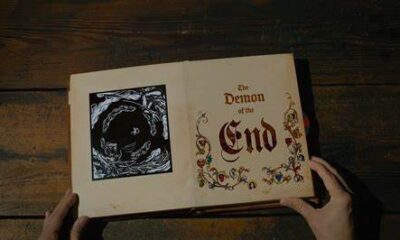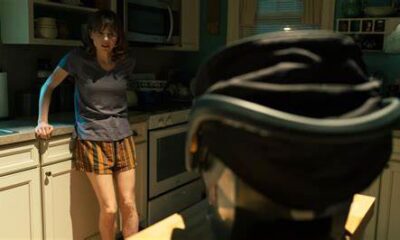
Buddy Simulator 1984 Review
Making new friends can be difficult, but can it really fall into psychological horror? You bet! Buddy Simulator 1984 was released in 2021 by Not A Sailor Studios. You interact with an AI designed to be the perfect best friend, and as time goes on, it becomes more desperate to hold your attention. Going through this game, I felt a wide range of emotions. I flinched at jumpscares, frowned at bad jokes, and smiled at wholesome moments. It was an interesting and unique experience I don’t I’ve ever had with a game in this genre.
If you want to go into this blind, I would recommend you give the demo a try if it seems interesting. Your progress carries over into the main game, so you won’t have to worry about replaying sections. Now that that’s out of the way, here’s the review!
An unforgettable, uncomfortable adventure
From text adventure to pixel graphics to 2.5D, Buddy Simulator 1984 ’s graphical variety is one of the ways it disorients and unnerves the player. You can solve a puzzle while the game is a text adventure, only for the game to show you the same puzzle with pixel graphics hours later. Recognition is horror.

The soundtrack for this game includes some pleasant chiptune and other memorable tracks. There are some creepy tracks that do a good job of conveying an uneasy, anxiety inducing atmosphere. It really keeps you on your toes.
I do have some gripes with the game, however. There are often loud sudden jumpscares, not for any plot reason but just to spook you. Trying to figure out the sound mixing while avoiding blowing your eardrums out isn’t fun, and I’ll admit I’ve had the game on mute at certain points. There are multiple endings, and some go by rather quickly. This is the kind of game where you need to see all the endings to understand the story, and if you’re a completionist, go for it! Otherwise I would recommend watching them on YouTube.
This is a game about toxic friendships, attachment, attention, and the lengths one will go to to get it. If you have free time and don’t mind the $9.99 price tag, give this a try!
Check out some of the games we’ve been playing at Haunted MTL!
Gaming
Lovecraft Meets Junji Ito in WORLD OF HORROR
WORLD OF HORROR is a cosmic horror roguelite game developed by Paweł Koźmiński and published by Ysbryd Games.
WORLD OF HORROR is a cosmic horror roguelite game developed by Paweł Koźmiński and published by Ysbryd Games. The game is available on macOS, Windows, Nintendo Switch, PlayStation 4, and PlayStation 5. This review will cover the Steam (Windows) version of the game.
You must explore the strange goings on around Shiokawa, Japan. It appears that eldritch forces have influenced the town in incomprehensible ways. So, attempt to comprehend these forces and maintain your sanity to save the town. Plan your investigations, choose between cases, and fight for your life.
There are a few game modes but three difficulty spikes. The easiest is a specific case with some random events. This mode teaches you the basic mechanics of the game. The harder difficulties give you access to an apartment and choices on which case you investigate. Completing objectives earns you customization options for the customized mode.

What I Like About WORLD OF HORROR
Running on GameMaker Studios, the pixelated aesthetic shows influences from Lovecraft and Junji Ito, though the latter more so than the former. WORLD OF HORROR haunts its viewers with its aesthetic, allowing the pixels to evoke those horror legends.
Random generation remains a key feature of the game, with various options and choices giving a massive variety. Your character also has some limited customization to access perks and further development. I will bring up some weaknesses later, but it is surprisingly vast. Adding to this variety, WORLD OF HORROR provides mod accessibility.
The combat allows for a great deal of thought and planning. You select your character’s actions within an action bar and perform the tasks (or combos) to beat an opponent. This JRPG style provides variety in action that makes it engaging and unique.
The random generation and variety make each playthrough different. You might acquire a devastating katana in one playthrough only to bleed out unceremoniously in another.
While not a terrifying gaming experience, WORLD OF HORROR strives to provide an eerie and intense experience. At this, the game is a success. The weird and unnerving collide to invest the player in this strange world.

Tired Tropes and Triggers
Body horror deserves a mention, but the aesthetic and pixels doesn’t particularly evoke realism. Regardless, many designs evoke body horror.
Aside from this, here are some points of consideration. First, WORLD OF HORROR uses JRPG turn-based combat, which seems a point of division among some gamers. However, there are enough interesting mechanics and complexities beyond clicking an action and waiting your turn.
Second, WORLD OF HORROR isn’t a cult detective. You’re experiencing events and choosing how your character responds. Some sage wisdom I heard for WORLD OF HORROR is to focus on the whole campaign instead of a single case. Failing a case isn’t a game over, so prioritize your character’s longevity.
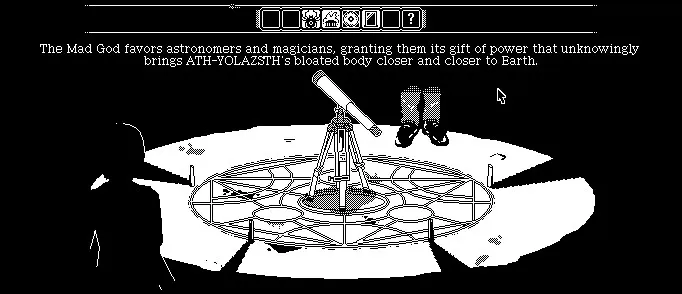
What I Dislike About WORLD OF HORROR
Only a few issues hindered my experience. Some scenarios replay on a single case, let alone a playthrough, which becomes repetitive. Some scenarios have multiple solutions to add variety or require perks to access new options, but that’s not always true. This issue makes the randomization taxing at times.
This next issue is likely a bug or an oversight. After losing my reason (sanity), I found myself still able to investigate despite the game claiming that means death. An unrelated event finished me off, but I can’t help but assume this is a bug.

Final Thoughts
WORLD OF HORROR has its quirks but earns massive replay value and surprising depth. It’s a unique and ambitious indie title worth the price. If Junji Ito’s style or cosmic horror is your particular brand of horror, WORLD OF HORROR delivers an experience you’ll likely enjoy. Though this combination synergizes well, few games combine these elements successfully.
Gaming
🎮 Eldritch Automata: Exclusive GenCon 2024 Reveal with Nick Francia!
Step into the mind-bending world of Eldritch Automata as we sit down with Game Designer Nick Francia at GenCon 2024!
Uncover the secrets behind this Lovecraftian mecha-masterpiece and get a glimpse of what’s to come.
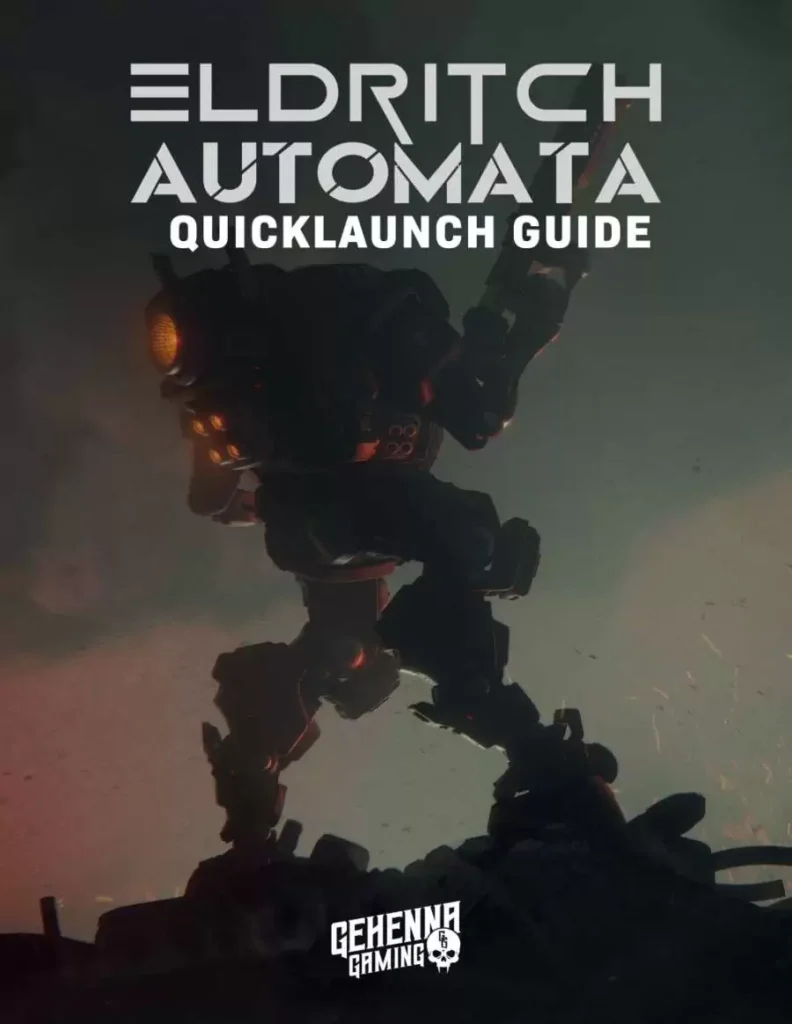
In this exclusive interview, Nick Francia shares:
• The intricate game development process • Inspirations behind the eerie Lovecraftian elements
• Unique mecha-infused gameplay mechanics Calling all Lovecraft fans! Dive into a world where eldritch horrors meet steam-powered marvels.
Eldritch Automata promises an unforgettable gaming experience that will keep you on the edge of your seat.
👉 Ready to embrace the madness? Check out our playable demo at a con near you! #EldritchAutomata #GenCon2024 #LovecraftianGaming #IndieGameDev
Gaming
🎬🎃 House of 1000 Corpses and Halloween II–GAMES!! 🎃🎬 Trick or Treat Studios
Prepare for a spine-chilling experience as Jim Phoenix delves into the shadows with Trick or Treat Studios at GenCon 2024!
In this exclusive interview, we uncover the terrifying secrets behind their latest bone-chilling creations: “House of 1000 Corpses” and “Halloween II” board games.

These games aren’t just about rolling dice – they’re about immersing yourself in the blood-curdling atmosphere of beloved horror films. With unique survival (and kill!) horror mechanics and cooperative gameplay, you’ll feel the terror coursing through your veins with every move!
But wait, there’s more! With the Kickstarter to House of 1000 Corpses shipping soon, we have an in-depth review coming up for that game, Halloween II–AND…Chucky. BOOMMM!!!

